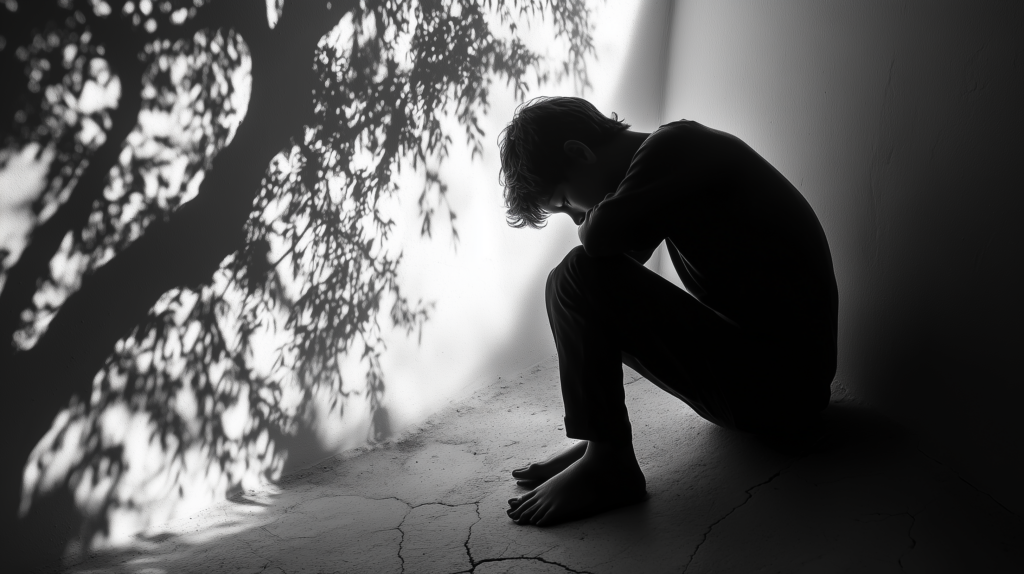Creating Safe and Supportive School and Team Environments

For children and teens who have experienced adversity, the environments they spend the most time in—schools, sports teams, and community groups—can either reinforce their struggles or help them heal. A safe and supportive environment isn’t just about policies or discipline; it’s about creating a culture where young people feel valued, understood, and empowered to grow.
Why Safe Environments Matter
Adverse Childhood Experiences (ACEs) can leave lasting impacts on a child’s ability to focus, trust others, and regulate emotions. Without supportive spaces, these children may struggle to engage, form relationships, or see their potential. However, when schools and teams intentionally cultivate safety and support, they become places of transformation.
Key Elements of a Safe and Supportive Environment
1 . Emotional and Psychological Safety
Children in dysfunctional environments often live in a state of survival, unsure of who they can trust. A caring adult provides a consistent, safe presence, offering reassurance that they are valued and supported.
2 . Strong, Supportive Relationships
For many children, dysfunction is all they’ve ever known. A caring adult demonstrates what healthy, respectful, and supportive relationships look like, showing them that positive connections are possible.
3 . Trauma-Informed Practices
When a child is constantly exposed to negativity, they may believe they are incapable or unworthy of success. A mentor or coach can help them reframe their self-image, instilling confidence and the belief that they have the power to shape their own future.
4 . Clear Expectations and Structure
Children in difficult situations may not have learned how to manage emotions in a healthy way. A supportive adult can teach practical strategies for handling stress, conflict, and challenges without resorting to harmful behaviors.
5. Encouraging Growth Mindset and Resilience
Guidance, encouragement, and exposure to new possibilities can change the trajectory of a child’s life. Whether it’s through sports, academic encouragement, or simply believing in their dreams, caring adults help children see a future beyond their current circumstances.
How Educators and Coaches Can Make a Difference
Be Present
Show up consistently, listen actively, and demonstrate genuine care.
Use Encouraging Language
Simple words of affirmation can reshape a child’s self-perception.
- Promote Peer Support
Teach young people to uplift and support each other.
Model Healthy Responses to Challenges
Your reactions to stress and adversity teach more than you realize.
The Impact of a Supportive Environment
When children feel safe and supported, their ability to learn, grow, and build meaningful relationships expands. They become more engaged, resilient, and hopeful for their future.
As an educator, coach, or leader, your influence can be the difference between a child feeling unseen and a child believing they matter. Every word, action, and interaction shapes the environment—and every child deserves a space where they can thrive.
Now, if you’ll excuse me, I’ve got some grass to mow. But before I go, ask yourself—how can you make your environment safer for the young people in your life?
Latest Posts

Creating Safe and Supportive School and Team Environments
Creating Safe and Supportive School and Team Environments For children and teens who have experienced adversity, the environments they spend

The Role of Caring Adults in Breaking Cycles of Dysfunction
The Role of Caring Adults in Breaking Cycles of Dysfunction Generational cycles of dysfunction—patterns of trauma, neglect, and adversity—can seem

